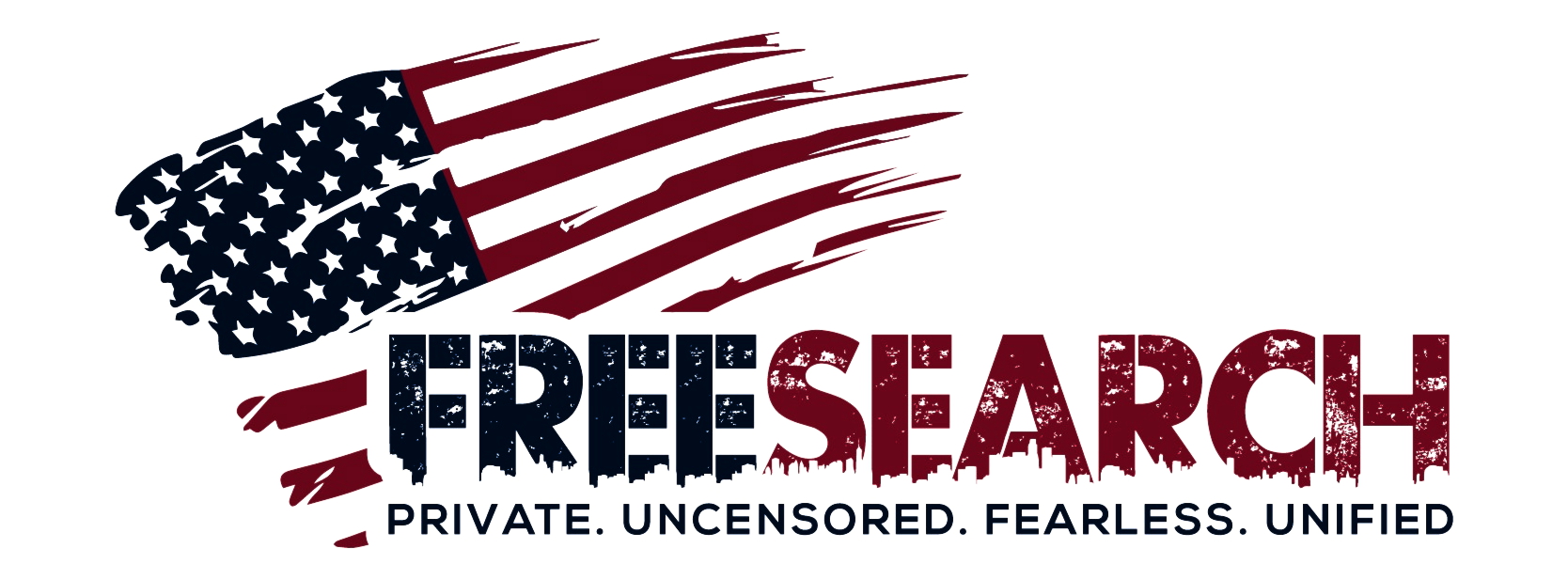We support our Publishers and Content Creators. You can view this story on their website by CLICKING HERE.
(The Epoch Times)—The U.S. Navy on Sept. 19 released a new strategic document centered on countering communist China’s aggression in the Indo-Pacific.
It directs the Navy to develop “readiness for the possibility of war with the People’s Republic of China by 2027,” pointing to China’s preparations for a possible invasion of Taiwan in the same year.
“The Navy emphatically acknowledges the need for a larger, more lethal force,” the document, titled “Navigation Plan for America’s Warfighting Navy,” states.
“By 2027, the Navy will be more ready for sustained combat as part of a Joint and Combined force, prioritizing the People’s Republic of China as the pacing challenge and focusing on enabling the joint warfighting ecosystem.”
The Chinese Communist Party (CCP), which rules China as a single-party state, claims that Taiwan is a part of its territory that must be united with the mainland through any means necessary.
However, Taiwan is self-governed by a democratically elected government and has never been controlled by the CCP.
CCP leader Xi Jinping has nevertheless ordered the communist regime’s military wing to prepare for war and to develop the capabilities required to invade Taiwan.
The regime has since engaged in a more than decade-long shipbuilding spree, massively expanding its fleet, drone capabilities, and nuclear arsenal.
Most importantly, for a Taiwan invasion scenario, it has also launched its own advanced aircraft carriers and destroyers.
That poses a problem for the United States, as the U.S. Navy floats far fewer ships than the Chinese, and must spread them more widely to maintain its global military presence.
China, meanwhile, can position the vast majority of its naval and coast guard units close to home, where they can receive cover from land-based units and where it is easier to maintain their supply lines.
A congressional report published in July found that “the U.S. military lacks both the capabilities and the capacity required to be confident it can deter and prevail in combat” against China.
The July report also said that China is likely to increase its hostile behavior in the coming years to “normalize unlawful behavior” around Taiwan as it seeks to take advantage of the United States’ lack of ability to deter conflict.
Key to the new Navy document’s goals, therefore, is the fulfillment of Project 33, a naval initiative aiming to ready the force by eliminating delays in maintenance, scaling the use of autonomous and robotic systems, and increasing navy recruitment, among other things.
“We cannot manifest a bigger traditional Navy in a few short years, nor will we rely on mass without the right capabilities to win the sea control contest,” the document reads.
“Nearer-term operational challenges demand that we integrate proven robotic and autonomous capabilities as soon as possible.
“We must do so with a focus on how we will use these systems in war. By 2027, we will integrate proven robotic and autonomous systems for routine use by the commanders who will employ them.”
Scaling the deployment of autonomous systems is just part of the puzzle, with the document underscoring that the United States’ grim position in the Indo-Pacific “goes well beyond just the size of the PLA [People’s Liberation Army] Navy fleet.”
Don’t wait for a stock market crash, dedollarization, or CBDCs before securing your retirement with physical precious metals. Genesis Gold Group can help.
The document notes that China’s joint forces are developing into an integrated fighting force “specifically designed to defeat ours” and are backed by China’s massive industrial base.
The document also calls on the Navy to work with Congress to secure critical supply chains and lays out a vision in which all fleet headquarters in the service will field their own maritime operations centers.
The goal of the latter directive is to ensure that the U.S. Navy can continue to maintain superiority in command and control, military intelligence, and maneuvers, even against a numerically superior foe in a vast and distributed region.
“We must meet all the objectives in this Navigation Plan to field the people and capabilities needed to fight and win today, in 2027, and beyond,” the document states.
Five Things New “Preppers” Forget When Getting Ready for Bad Times Ahead
The preparedness community is growing faster than it has in decades. Even during peak times such as Y2K, the economic downturn of 2008, and Covid, the vast majority of Americans made sure they had plenty of toilet paper but didn’t really stockpile anything else.
Things have changed. There’s a growing anxiety in this presidential election year that has prompted more Americans to get prepared for crazy events in the future. Some of it is being driven by fearmongers, but there are valid concerns with the economy, food supply, pharmaceuticals, the energy grid, and mass rioting that have pushed average Americans into “prepper” mode.
There are degrees of preparedness. One does not have to be a full-blown “doomsday prepper” living off-grid in a secure Montana bunker in order to be ahead of the curve. In many ways, preparedness isn’t about being able to perfectly handle every conceivable situation. It’s about being less dependent on government for as long as possible. Those who have proper “preps” will not be waiting for FEMA to distribute emergency supplies to the desperate masses.
Below are five things people new to preparedness (and sometimes even those with experience) often forget as they get ready. All five are common sense notions that do not rely on doomsday in order to be useful. It may be nice to own a tank during the apocalypse but there’s not much you can do with it until things get really crazy. The recommendations below can have places in the lives of average Americans whether doomsday comes or not.
Note: The information provided by this publication or any related communications is for informational purposes only and should not be considered as financial advice. We do not provide personalized investment, financial, or legal advice.
Secured Wealth
Whether in the bank or held in a retirement account, most Americans feel that their life’s savings is relatively secure. At least they did until the last couple of years when de-banking, geopolitical turmoil, and the threat of Central Bank Digital Currencies reared their ugly heads.
It behooves Americans to diversify their holdings. If there’s a triggering event or series of events that cripple the financial systems or devalue the U.S. Dollar, wealth can evaporate quickly. To hedge against potential turmoil, many Americans are looking in two directions: Crypto and physical precious metals.
There are huge advantages to cryptocurrencies, but there are also inherent risks because “virtual” money can become challenging to spend. Add in the push by central banks and governments to regulate or even replace cryptocurrencies with their own versions they control and the risks amplify. There’s nothing wrong with cryptocurrencies today but things can change rapidly.
As for physical precious metals, many Americans pay cash to keep plenty on hand in their safe. Rolling over or transferring retirement accounts into self-directed IRAs is also a popular option, but there are caveats. It can often take weeks or even months to get the gold and silver shipped if the owner chooses to close their account. This is why Genesis Gold Group stands out. Their relationship with the depositories allows for rapid closure and shipping, often in less than 10 days from the time the account holder makes their move. This can come in handy if things appear to be heading south.
Lots of Potable Water
One of the biggest shocks that hit new preppers is understanding how much potable water they need in order to survive. Experts claim one gallon of water per person per day is necessary. Even the most conservative estimates put it at over half-a-gallon. That means that for a family of four, they’ll need around 120 gallons of water to survive for a month if the taps turn off and the stores empty out.
Being near a fresh water source, whether it’s a river, lake, or well, is a best practice among experienced preppers. It’s necessary to have a water filter as well, even if the taps are still working. Many refuse to drink tap water even when there is no emergency. Berkey was our previous favorite but they’re under attack from regulators so the Alexapure systems are solid replacements.
For those in the city or away from fresh water sources, storage is the best option. This can be challenging because proper water storage containers take up a lot of room and are difficult to move if the need arises. For “bug in” situations, having a larger container that stores hundreds or even thousands of gallons is better than stacking 1-5 gallon containers. Unfortunately, they won’t be easily transportable and they can cost a lot to install.
Water is critical. If chaos erupts and water infrastructure is compromised, having a large backup supply can be lifesaving.
Pharmaceuticals and Medical Supplies
There are multiple threats specific to the medical supply chain. With Chinese and Indian imports accounting for over 90% of pharmaceutical ingredients in the United States, deteriorating relations could make it impossible to get the medicines and antibiotics many of us need.
Stocking up many prescription medications can be hard. Doctors generally do not like to prescribe large batches of drugs even if they are shelf-stable for extended periods of time. It is a best practice to ask your doctor if they can prescribe a larger amount. Today, some are sympathetic to concerns about pharmacies running out or becoming inaccessible. Tell them your concerns. It’s worth a shot. The worst they can do is say no.
If your doctor is unwilling to help you stock up on medicines, then Jase Medical is a good alternative. Through telehealth, they can prescribe daily meds or antibiotics that are shipped to your door. As proponents of medical freedom, they empathize with those who want to have enough medical supplies on hand in case things go wrong.
Energy Sources
The vast majority of Americans are locked into the grid. This has proven to be a massive liability when the grid goes down. Unfortunately, there are no inexpensive remedies.
Those living off-grid had to either spend a lot of money or effort (or both) to get their alternative energy sources like solar set up. For those who do not want to go so far, it’s still a best practice to have backup power sources. Diesel generators and portable solar panels are the two most popular, and while they’re not inexpensive they are not out of reach of most Americans who are concerned about being without power for extended periods of time.
Natural gas is another necessity for many, but that’s far more challenging to replace. Having alternatives for heating and cooking that can be powered if gas and electric grids go down is important. Have a backup for items that require power such as manual can openers. If you’re stuck eating canned foods for a while and all you have is an electric opener, you’ll have problems.
Don’t Forget the Protein
When most think about “prepping,” they think about their food supply. More Americans are turning to gardening and homesteading as ways to produce their own food. Others are working with local farmers and ranchers to purchase directly from the sources. This is a good idea whether doomsday comes or not, but it’s particularly important if the food supply chain is broken.
Most grocery stores have about one to two weeks worth of food, as do most American households. Grocers rely heavily on truckers to receive their ongoing shipments. In a crisis, the current process can fail. It behooves Americans for multiple reasons to localize their food purchases as much as possible.
Long-term storage is another popular option. Canned foods, MREs, and freeze dried meals are selling out quickly even as prices rise. But one component that is conspicuously absent in shelf-stable food is high-quality protein. Most survival food companies offer low quality “protein buckets” or cans of meat, but they are often barely edible.
Prepper All-Naturals offers premium cuts of steak that have been cooked sous vide and freeze dried to give them a 25-year shelf life. They offer Ribeye, NY Strip, and Tenderloin among others.
Having buckets of beans and rice is a good start, but keeping a solid supply of high-quality protein isn’t just healthier. It can help a family maintain normalcy through crises.
Prepare Without Fear
With all the challenges we face as Americans today, it can be emotionally draining. Citizens are scared and there’s nothing irrational about their concerns. Being prepared and making lifestyle changes to secure necessities can go a long way toward overcoming the fears that plague us. We should hope and pray for the best but prepare for the worst. And if the worst does come, then knowing we did what we could to be ready for it will help us face those challenges with confidence.

 Conservative
Conservative  Search
Search Trending
Trending Current News
Current News 




